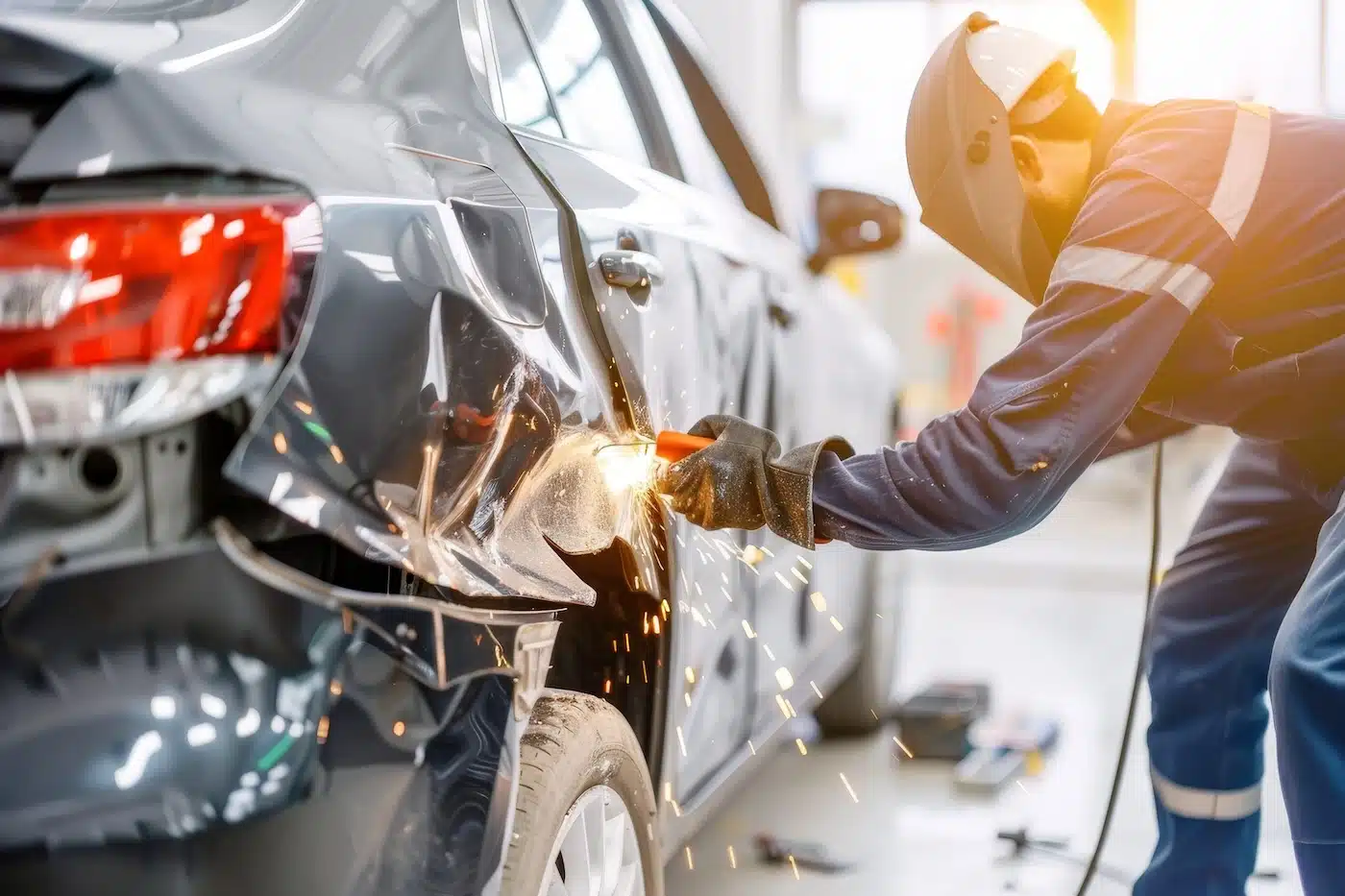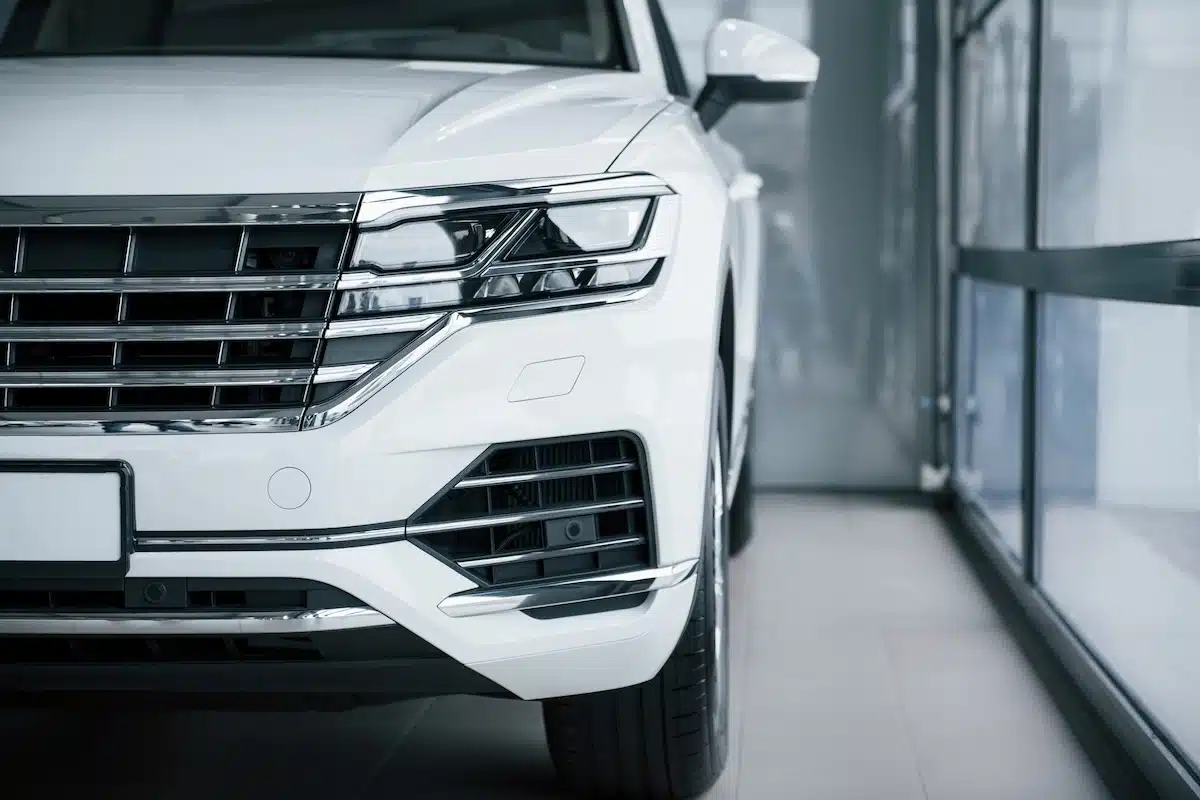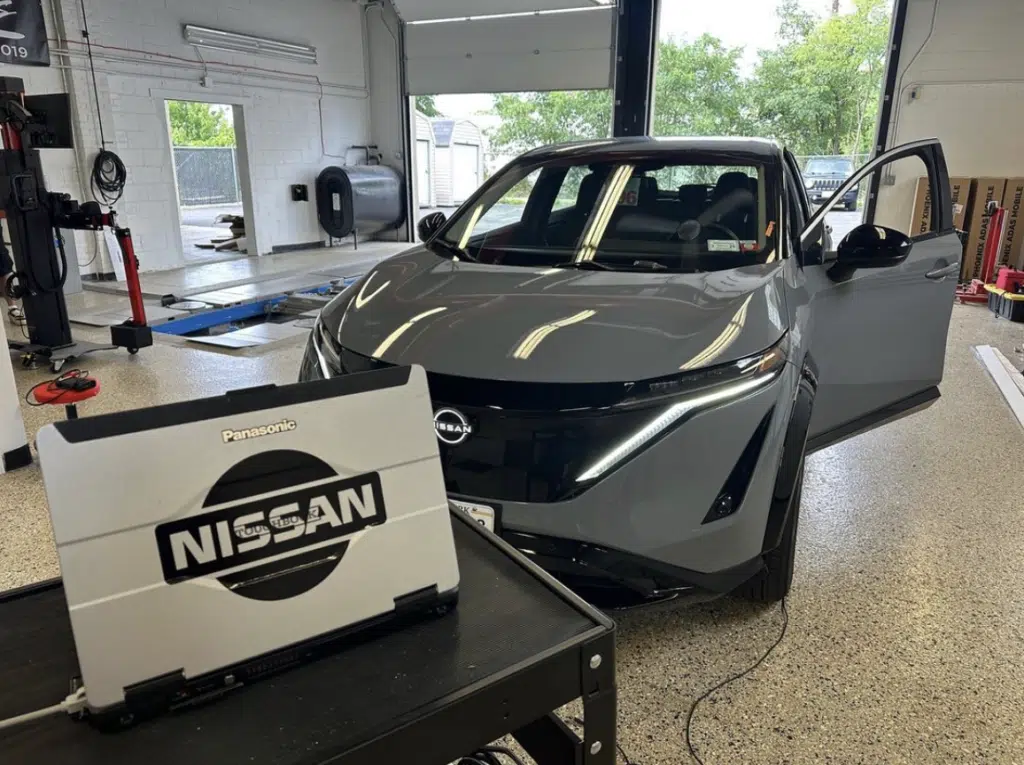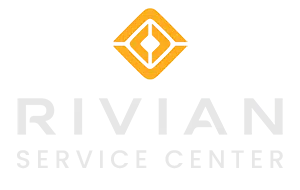Welcome to the first installment of our new blog segment, Understanding ADAS. In this series, we aim to provide you with comprehensive insights into the various Advanced Driver Assistance Systems (ADAS) that are revolutionizing modern driving. ADAS encompasses a wide range of technologies designed to enhance vehicle safety, improve driving comfort, and pave the way toward autonomous driving.
Over the coming months, we’ll explore different ADAS components, explaining how they work, their benefits, and the latest advancements in this rapidly evolving field. Whether you’re a body shop owner, technician, or a car owner looking to understand your vehicle better, or simply curious about the future of driving, this series is for you.
Kickstarting the Series: Front Radar Systems
To kickstart our series, we’re focusing on one of the pivotal components of ADAS: front radar systems. These systems are integral to numerous safety and driver assistance features, providing critical data that helps prevent accidents and enhance driving convenience. In this post, we’ll explore how front radar systems work, the ADAS features they enable, the importance of calibrations, and what the future holds for this technology.
Join us on this journey to uncover the fascinating world of ADAS and learn how these cutting-edge technologies are transforming the driving experience. Let’s get started with front radar systems!
Understanding ADAS Front Radar Systems: Enhancing Road Safety
As automotive technology continues to evolve, Advanced Driver Assistance Systems (ADAS) have become a pivotal feature in enhancing road safety and driving convenience. One of the critical components of ADAS is the front radar system, which plays a significant role in various safety and driver assistance functions. This blog provides an overview of front radar systems in ADAS, exploring their functionality, applications, and benefits.
What is a Front Radar System?
A front radar system in ADAS is a sensor that uses radio waves to detect objects and measure their distance, speed, and direction relative to the vehicle. Mounted at the front of the vehicle, this system continuously scans the road ahead, providing real-time data to various ADAS functions.
How Front Radar Systems Work
Front radar systems operate by emitting radio waves that reflect off objects in their path. The radar sensor then receives these reflected waves, and the system’s processor analyzes the time delay and frequency shift to determine the position and velocity of the objects. This data is crucial for various ADAS features, enabling the vehicle to respond to its surroundings effectively.
Key ADAS Features Enabled by Front Radar Systems
- Adaptive Cruise Control (ACC)
- Functionality: ACC maintains a set speed and adjusts the vehicle’s speed to maintain a safe following distance from the car ahead.
- Benefit: Reduces driver fatigue on long journeys and improves overall safety by preventing rear-end collisions.
- Forward Collision Warning (FCW)
- Functionality: FCW alerts the driver if a potential collision with a vehicle or obstacle ahead is detected.
- Benefit: Provides critical time for the driver to react, potentially avoiding accidents.
- Automatic Emergency Braking (AEB)
- Functionality: AEB automatically applies the brakes if the system detects an imminent collision and the driver does not react in time.
- Benefit: Mitigates or prevents collisions, significantly enhancing passenger safety.
- Pedestrian Detection
- Functionality: Identifies pedestrians in the vehicle’s path and alerts the driver or automatically brakes if necessary.
- Benefit: Protects vulnerable road users and reduces pedestrian-related accidents.
The Importance of Calibration After an Accident
Front radar systems are delicate and precise instruments that require proper calibration to function correctly. After an accident, even if there are no warning lights on the dashboard and no diagnostic trouble codes (DTCs) detected, it’s crucial to have the front radar system recalibrated.
- Hidden Misalignments: Minor impacts can cause subtle misalignments that aren’t immediately visible but can significantly affect the radar’s accuracy.
- Safety Assurance: Proper calibration ensures that all ADAS features continue to operate as intended, maintaining the safety and reliability of systems like ACC, FCW, and AEB.
- Preventive Maintenance: Regular checks and recalibration after any impact help avoid potential failures or malfunctions that could lead to dangerous situations on the road.
Advantages of Front Radar Systems
- Enhanced Safety: By providing accurate and reliable data, front radar systems enable critical safety features that protect both the vehicle occupants and other road users.
- Improved Driving Experience: A feature like ACC helps to reduce driver workload, making long drives more comfortable and less stressful.
- All-Weather Functionality: Unlike cameras, radar systems perform well in various weather conditions, including fog, rain, and dark driving conditions, ensuring continuous operation of ADAS features.
Challenges and Future Developments
While front radar systems offer numerous benefits, they also face challenges such as potential interference from other radar-equipped vehicles and the need for integration with other sensors like cameras and LiDAR for optimal performance. Future developments aim to enhance radar resolution and processing capabilities, further improving ADAS functionalities.
Conclusion
Front radar systems are a cornerstone of modern ADAS, significantly contributing to road safety and driving convenience. As technology advances, these systems will continue to evolve, offering even more sophisticated and reliable assistance to drivers. Embracing these innovations not only enhance individual driving experiences but also moves us closer to the future of safer and smarter transportation.
By understanding and utilizing front radar systems, drivers will benefit from the latest advancements in automotive safety technology. Remember, proper maintenance and calibration are essential to ensure these systems function correctly, especially after an accident. Stay tuned for more insights into how ADAS features are transforming the way we drive.
James Grimaldi
Rock Star










